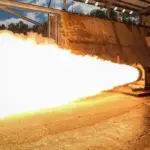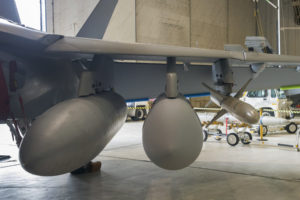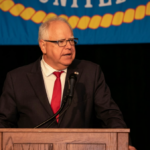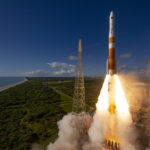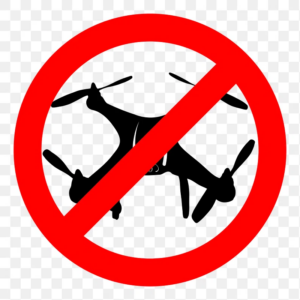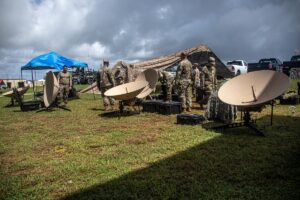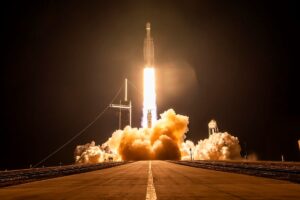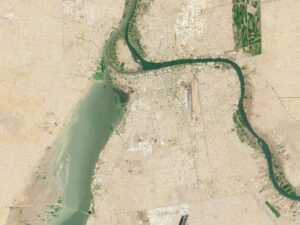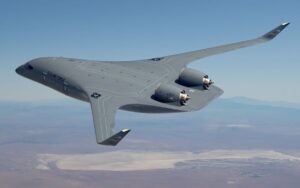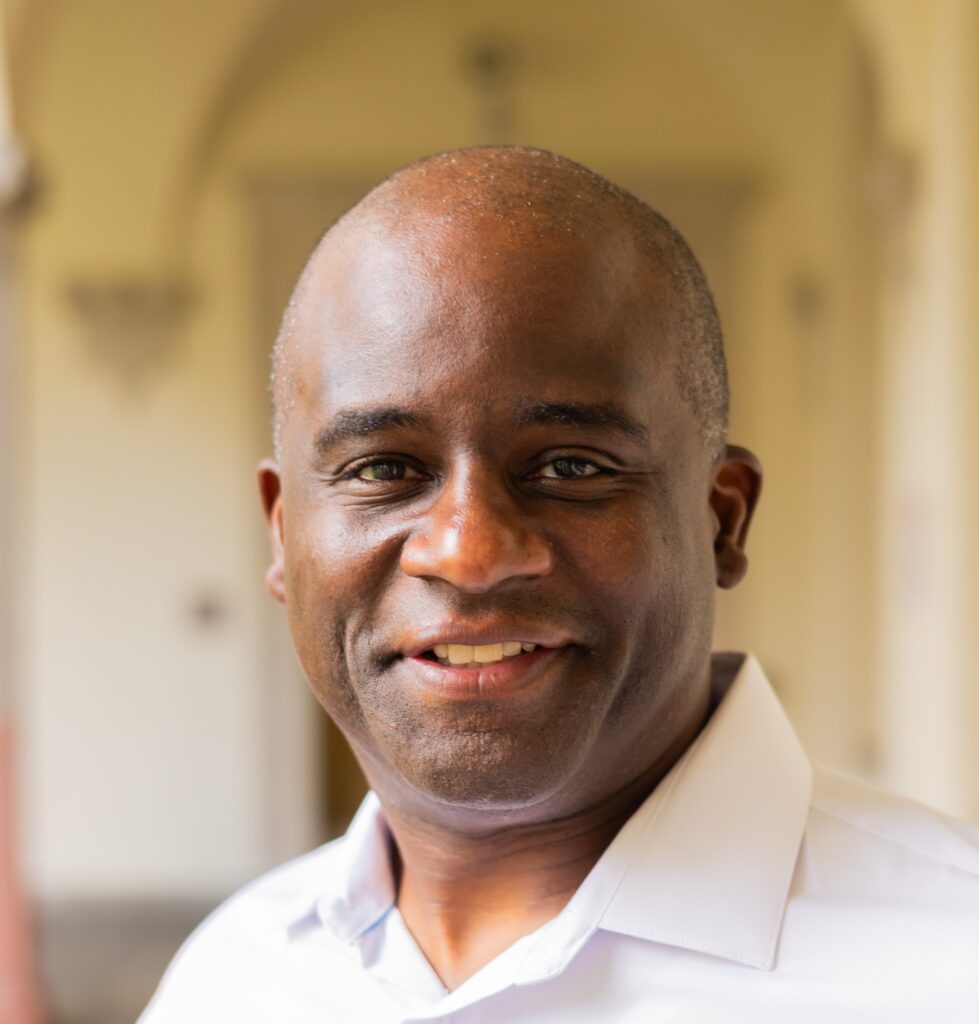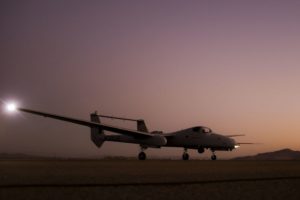
Northrop Grumman [NOC] recently demonstrated its optionally-piloted Firebird multi-mission aircraft in series of unmanned evaluations that included one flight lasting longer than a day and operations with a ground-based sense and avoid radar that eliminated the need for a manned chase aircraft to observe flights. During seven flights in unmanned aerial vehicle (UAV) mode at Grand Sky, N.D., the Firebird accumulated 70 hours of flight time, including day and night operations, Jon Haun, director of the Firebird product line and…

 By
By 